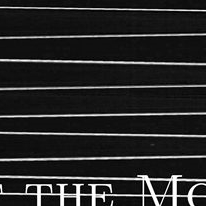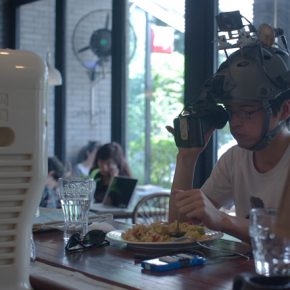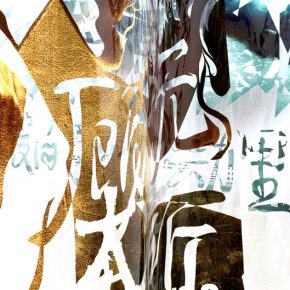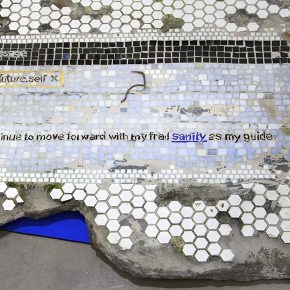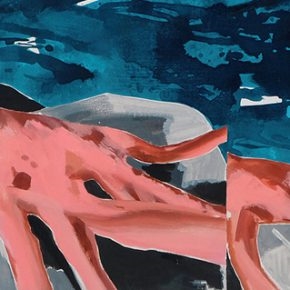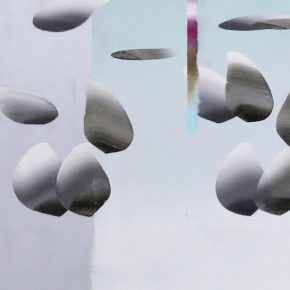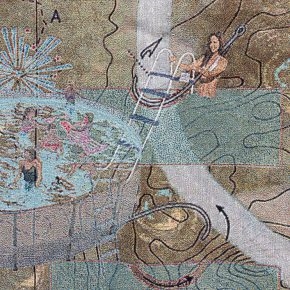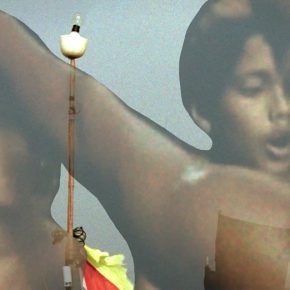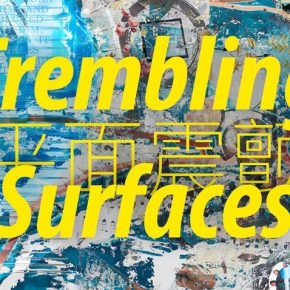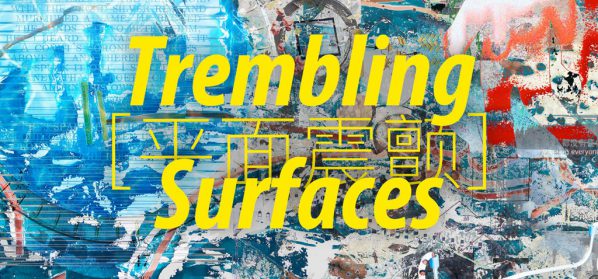
Long March Space is pleased to invite two young artists, Zhang Jianling and Guo Xi to curate the exhibition “Trembling Surfaces”. With the interest in re-discovering modes of narrative, the duo explores the ways in which a constellation of texts-images-objects form new space for artistic practice and channels of perceptions, this exhibition attempts to index these young creators’ life and ideas in recent years, by mapping the traces they’ve left on the geographical routes, we are invited to take a glimpse into how works of art reflect their life experiences on the move. Every artist’s fragility is an appeal to Zhang Jiangling and Guo Xi, that expands into independent sensibilities, allowing the surfaces of reality, image, and concepts to crease and fracture, where new topographies emerge. This exhibition will lead to the first step of winter excursion, allowing the viewers to traverse through nine magical landscapes as they constantly zoom in and out on their sensibilities.
Recently, Yi Xin Tong went fishing in New York. The ruined water body on the periphery of the city was his only choice of location, a nature filled with abandoned ships renders a different atmosphere. Weary of a world revolving around human beings, he imagined the alternative evolutions that could lead to our current situation, returning to the water body, to the source of evolution. The artist used the lure named “spoon”, his chance of catching something was slim, he waited tirelessly nonetheless. The time was yet to be split into the time of making a work of art and the counter-productive waste of time. Objects, have yet to arrive at the destination that would allow us to identify them, what is listed under “material” on the exhibition labels are long lists of objects that would require the viewer to catch his breath while reading through them. If they happen to a pair of scissor, they could cut up the lists and acquire a pile of poems. Under a close look, fragments of images that are attached to objects are ready to transform at any time and refresh their links to each other.
Late this fall, #233 Bar has been using table lamps from Vedette, the white light of which shone on the face of Yunyu Ayo Shih through the silhouettes of polar bear, penguins and seal. He said, “Mobility is my essence.” Ayo’s writing, voice-over and images are overflown with the system of exhibition and dissemination we are familiar with, permeating into the postal service, police
archive, and local radio. Resonating with his travel are the Arctic Tern that embark on the longest distance for migration, from Greenland to the rime stones in Natural History Museum in the U.S., the failed Arctic explorers, the passengers in the air, and where has the stolen video that recorded an “eternity” drifted to?
Feng Chen prefers we ask him what he has invented recently. Single Eye is closely tied to another young video artist’s unique life experience and sense of space. Viewing experience at the present occurs in high definition and is often homogenized, the headgear Feng Chen invented allows his friends to perceive the depth of the world from the surface of the image, in other words, giving us
the opportunity to enter into the 3D world through a single eye.
Zhu Changquan’s Transplant presents a surgery in the cerebral theatre, his “all-components” work method in video producing consists of theatre, anime, installation, painting and other forms to establish a narrative relationship between the video and everyday objects, by which to re-compose the viewer’s image memories, releasing their potential energy.
Every fabricated story must undergo the gaze of the moon, who shares the same desire to state its testimony. During fifteen years of travel, Hans Christian Andersen wrote A Picture Book without Pictures, in which the moon shows pictures and told stories to the painter every night. What the moon, an omnipotent observer, witnessed of the fairytales on earth were slight sketches with no beginnings or ends. The moon’s thoughts offer only frameworks for future painters, novelists and writers. Feng Bingyi adopts the interface of fairytales in experimenting with narrative forms in text space, and annotates this “picture book” from the dual perspective of an absent violinist and the moon.
In the early winter, Sailing Knot #2 and Untie the Wind were on the sea to Taiwan, fluid color and dry paint lines are adhere to the surfaces. Painting and tying are both manual labors operated in a time line, the moment before the knot is tightened, the events which the knots record have not been finalized, how could one manage to frame the hesitating moment onto the canvas? Yu-Xin Su wrote in his letter, “How to apply a gesture onto the surface?”
Geographical landmark is as weak as the blue light it emits, the placelessness and geographical mobility in Vivien Zhang’s growing up experience for having lived in various countries are the undercurrent that impacts her art practice. The painting surface is not necessarily the space that capsulates the image, instead, shapes rise and fall in the abstract and unidentified spaces while self-replicate and overlap. With our reading habit of visual materials shaped by interfaces and image processing softwares, on the surface of painting, new visual power structures and viewing distance is being established.
On the subway line 8, on his way to Joy City, the man in front of Huang Songhao was vaporizing. The viewer at the Shanghai Biennale, elementary students by the recycling station, male alias in a chat room, middle-aged women living along the Sixth Ring of Beijing, temporary wall painters of the Nine Stars hardware market, the old leftists and rightists at the cultural palace… are being classified in detail, described, the fixed groups of people come through rapidly, without leaving any traces, Songhao captures the flowing passengers in the Shanghai subway, after development he then visualize and analyze how they have been allocated and disposed in the
structures of social image.
Joeun Aatchim will arrive with roses and the relics from the future. Among the fragmentary verses of Sappho, the blue screen of a Polaroid media player will display, “Someone, I say to you, will think of us in some future time.”
About the exhibition
Dates: 2016.12.10 - 2017.2.14
Venue: Long March Space, Beijing
Courtesy of the artist and Long March Space.


